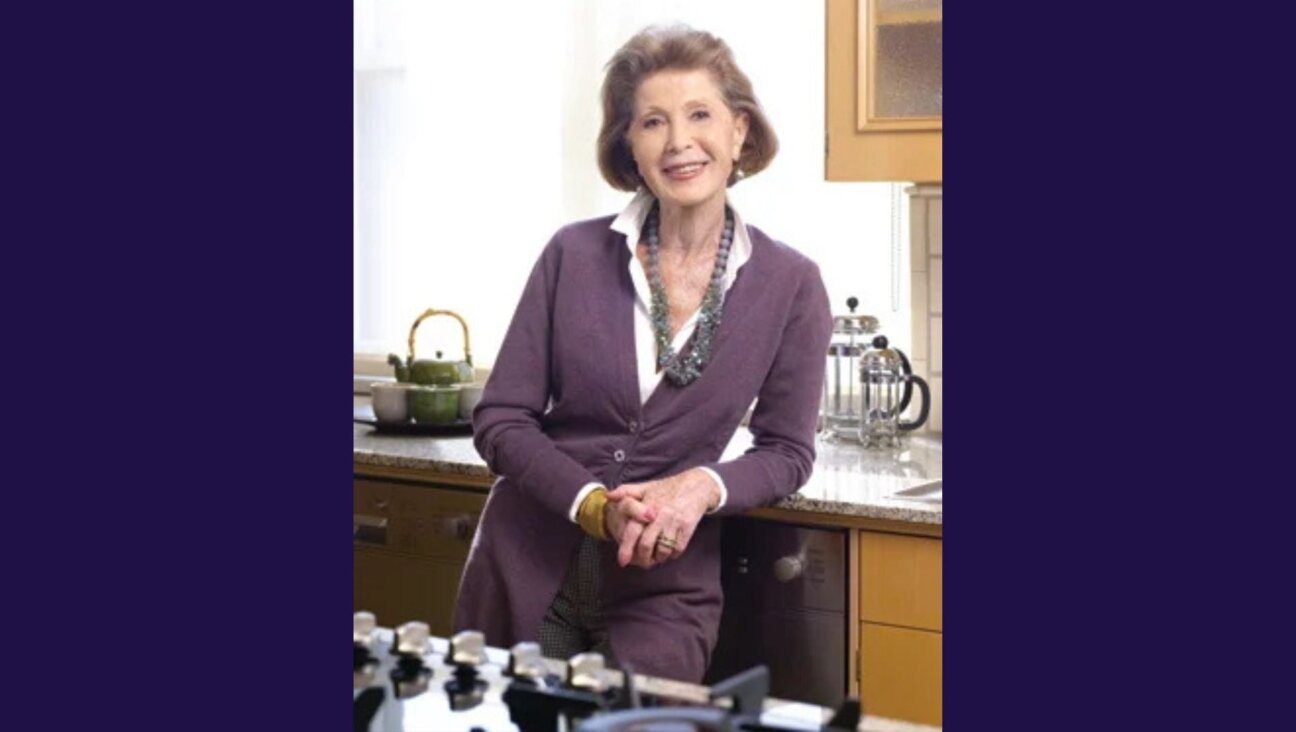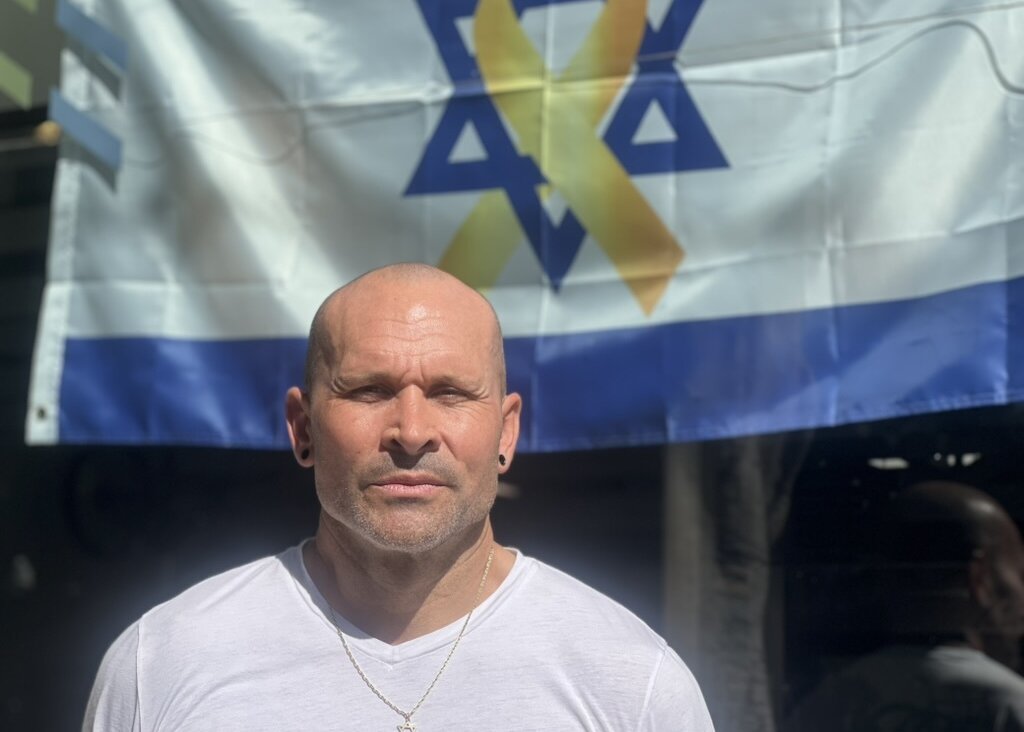Meet David Nunes Carvalho, the Jewish Investigator Who Rivaled Sherlock Holmes

Elementary, My Dear Carvalho: The Jewish investigator contributed to the ultimate exoneration of Franco-Jewish military officer Alfred Dreyfus. Image by Getty Images
Long before the advent of DNA evidence, it was the trail of ink, not blood, which often provided detectives with a direct, chemical connection between criminals and their crimes.
A century ago, David Nunes Carvalho, a renowned expert on ink, handwriting and print, became a central figure in some of the world’s most sensational investigations, providing key information and contributing to the ultimate exoneration of the Franco-Jewish military officer Alfred Dreyfus.

Alfred Dreyfus Image by getty images
Carvalho was a member of one of America’s most remarkable, largely forgotten Jewish families. Born in Philadelphia in 1845, he was the oldest child of Solomon Nunes Carvalho, an artist and photographer who, in 1853, participated in John Charles Frémont’s fifth and final expedition through the Rocky Mountains.
Today, Solomon is believed to be the first photographer in history to have accompanied an exploring party. Solomon’s youngest child, Solomon Solis Carvalho, was a senior executive in William Randolph Hearst’s media empire and is believed by many critics to have been the inspiration for the character of Mr. Bernstein in the film “Citizen Kane.”
Much of what we know about David Carvalho’s life and work is derived from two sources: a scholarly tome that he published in 1904, titled “Forty Centuries of Ink,” and a second book, “Crime in Ink,” published by his daughter Claire Carvalho in 1929, four years after David’s death.
A review of Claire’s book in the Hartford Daily Courant provides one of the most compelling anecdotes of the legend surrounding David’s investigative powers: “It is indeed a fact that Sir Conan Doyle stated in a lecture in New York that Mr. Carvalho’s powers exceeded those given to Sherlock Holmes, and were so startling that he would never dare put them into fiction!”
David seemed to have inherited his father’s spirit of innovation and experimentation. On the Frémont expedition, Solomon successfully tinkered with chemicals in order to produce photographic images in subzero temperatures and exterior settings, and later in life he patented a new process for water heating. Like Solomon, David began his career as a photographer, and when he later turned his attention to the science of ink and print, he did so with a similar curiosity and determination.
It is difficult to imagine how David managed to produce and publish “Forty Centuries of Ink” in 1904. At the time, he was supporting a family of five children, and his wife, Annie, had died in 1903. He was not working in academia, but the book is a deeply academic, if not obsessive, study, which examines how and where ink was produced since its earliest incarnations; its ingredients; how it interacted with different forms of paper, and how it was used and regarded by different cultures throughout history.
A typical passage: “The ‘Secretas’ of the twelfth century…. indicate many departures from those contained in the more ancient ones. Frequent mention is made of sour galls, aleppo galls, green and blue vitriol, the lees of wine, black amber, sugar, fish-glue and a host of unimportant materials as being employed in the admixture of black inks.”
“Forty Centuries of Ink” was published when David’s renown as a leading handwriting sleuth was spreading, and it was no doubt designed to advance his business and reputation. Early in the book, David establishes the necessity of understanding this history to safeguard against fraud: “The criminal abuse of ink is not infrequent by evil-disposed persons who try by secret processes to reproduce ink phenomena on ancient and modern documents.”
While David’s book showcases his erudition, it is Claire’s book, “Crime in Ink,” that reveals how that expertise was applied. Each chapter reads like an episode of a contemporary detective series, as she examines her father’s role in investigations of some of the most sensational criminal cases around the turn of the century.
The book begins with the story of his involvement in the case of William Marsh Rice, a millionaire who had died in his Madison Avenue apartment in September 1900. Following Rice’s death, a series of large checks, as well as a will, bequeathed the fortune to his lawyer.
David was asked to verify the legitimacy of Rice’s signature on the will and checks; he convinced the jury that the signatures had been forged because they were too good. “It isn’t possible for any human being — let along a feeble old man — to write his signature exactly in the same way twice.… I was able to show that each of those four signatures was patterned like the others.” Based on this testimony, Rice’s lawyer and valet were imprisoned, and his fortune was used to establish Rice University in Houston.
Although Claire was 41 when the book was published, she tells each anecdote by recalling the childhood dialogues with her father in which she followed his different cases and asked him innocent, probing questions. Like Sherlock Holmes himself, each of her recollections seems to involve her father being engaged in leisurely intellectual pursuits until he is interrupted by officials of the law requiring his assistance in cracking a case.
One exception is the anecdote of the Dreyfus Affair, which begins with father and daughter traveling one day in 1896 into Manhattan to buy a hat, and stopping into a French restaurant where David happened to see a page of the French newspaper Le Matin that reproduced the document that was used to convict Dreyfus.
“If my father never had seen that newspaper,” she writes, “I believe it is quite likely that Captain Dreyfus might have ended his days in the penal colony to which he had been condemned as a traitor to France.”
David wrote to Madame Dreyfus and, months later, he was visited by two emissaries at his home near Bayswater, Long Island. They delivered examples of Dreyfus’s handwriting that helped David prepare a deposition that was returned to France and delivered to Dreyfus’s defenders, including Emile Zola.
It is through Claire’s memory of her conversation with her father, and not in the deposition itself, that we learn how he deduced that the document used to prosecute Dreyfus was a forgery committed by the true spy, Ferdinand Walsin Esterhazy: “A particular feature of all of the writings of Captain Dreyfus was that all of his initial letters started from the base line and that the second letter is in general curiously raised above the line,” said David to his daughter. “I have learned by many years of experience that when a man tries to disguise his handwriting he tries to avoid the dominant and apparent characteristics of it.… if he attempts to imitate the handwriting of another he will look for these dominant and apparent characteristics and make them more intense. That is what Esterhazy has done.”
Most of David’s cases described in “Crimes in Ink” involved unfaithful spouses and disputed wills. Claire notes that “long before his career had passed its zenith my father estimated that he had affected the courts’ decision as to the ownership and possession of property aggregating over $200,000,000.” This amount, adjusted for more than 100 years of inflation, amounts to over $4.5 billion in today’s value. It is no wonder that David’s talents were in such high demand.
Like any great detective, David had his own Moriarty, a forgery artist named Charles Becker. The two had their face-to-face encounter after Becker was caught and imprisoned at San Quentin, and David traveled to visit him. Asked the secret of his success, Becker noted his “splendid set of teeth” used to make the paper for his forgeries; he “filled the perforations by chewing to a pulp paper of similar manufacture.”
Perhaps David Carvalho’s story has been forgotten because his esoteric science has lost its relevance in an era of digital communications. Even during his own lifetime, Claire saw him evolving and adjusting to new disciplines — such as fingerprint analyses and typewritten documents, to name only two.
Like the proverbial shoemaker with shoeless children, David left his own mystery at death. Claire’s story concludes with David’s children at his bedside, listening to his last word: “box.” They wondered if he meant that his will was stored in a secret safe deposit box. But no will was ever found and he never spoke again.
Harold Heft, Director of Research and Innovation at North York General Hospital, is the author of three books and numerous articles on Jewish culture and other topics.















